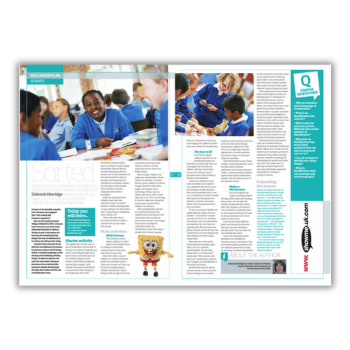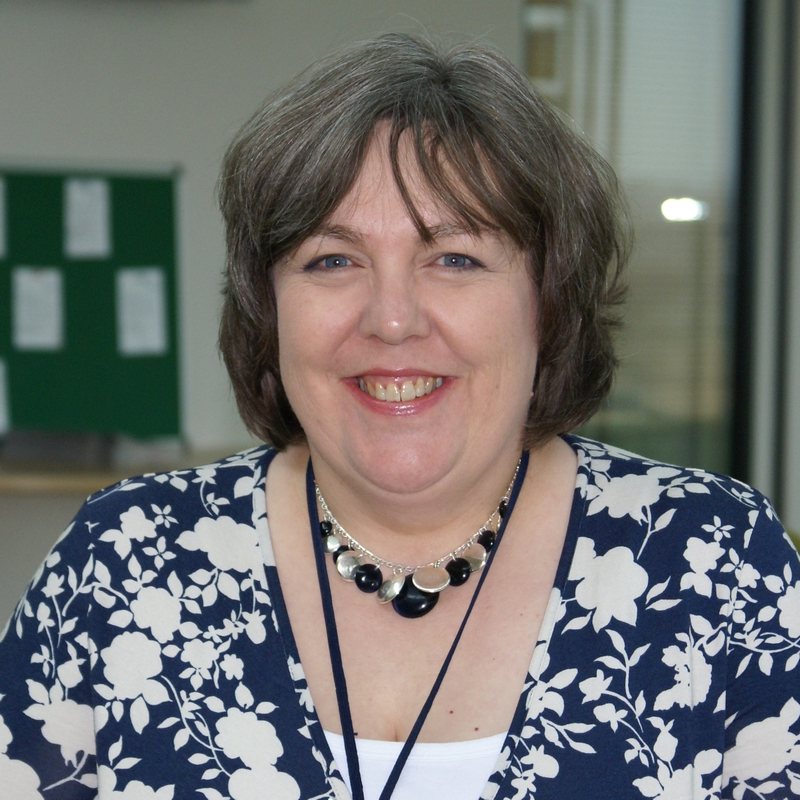Carl Linnaeus has come into focus with the KS2 science curriculum’s emphasis on naming and classifying living things.
Linnaeus is one of the most influential botanists in history. This is thanks in part to his system for naming and classifying living things. It was revolutionary in its clarity and still persists today.
This series of lessons introduces how scientists like Linnaeus go about classifying living things through observation and the use of identification keys.
Classifying living things learning objectives
- Group living things by observable characteristics
- Make and classify your own collections
- Create and use an identification key
Starter activity
The eighteenth century was an age of exploration and wonder in Europe; new types of animals and plants were being brought back from remote and exotic parts of the world by explorers and traders undertaking dangerous and exciting voyages.
After Captain Cook and Joseph Banks returned from their voyage on the Endeavour with 1,300 previously unknown plant species, botany became hugely fashionable.
Natural History Societies sprang up all over Europe and, as the popularity of the natural sciences grew, it became more important for scientists to accurately classify the specimens they studied. They needed a common language and Linnaeus provided it.
Begin by asking whether children have their own collections they can share. Rubbers, stickers, photographs or toys, perhaps? Do they have a way of organising or displaying them? What is it? Talk to the class about the characteristics of objects and how we can sort them into groups.
Deborah Herridge is a Senior Lecturer in Primary Science Education at the University of Northumbria in Newcastle.














